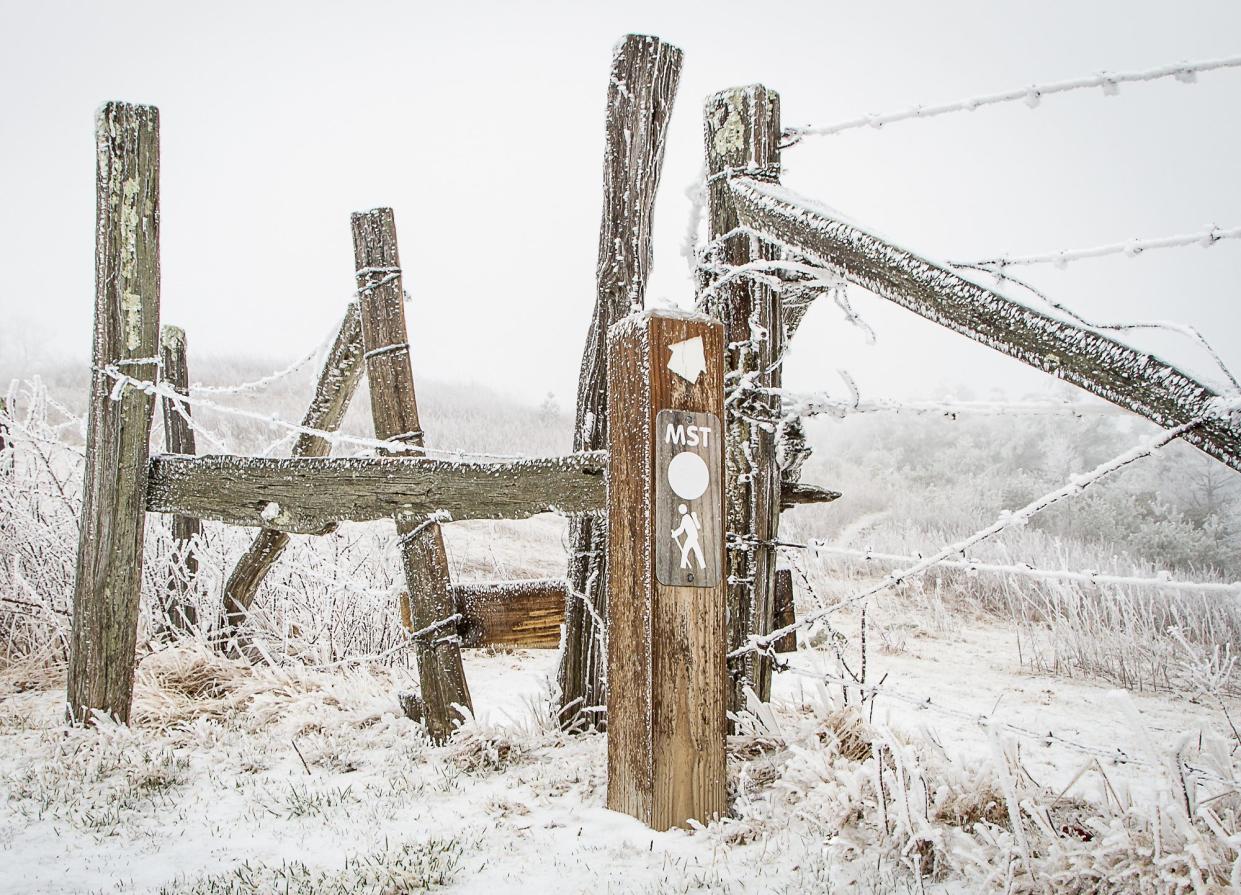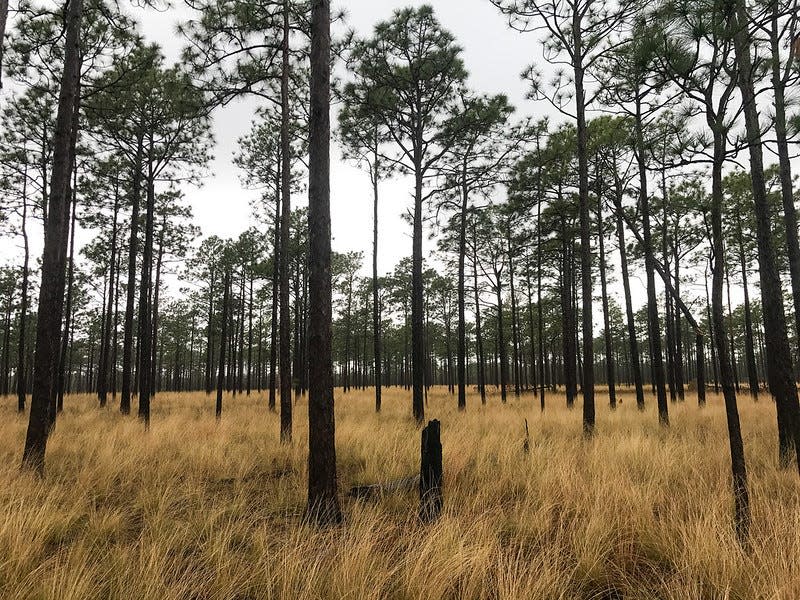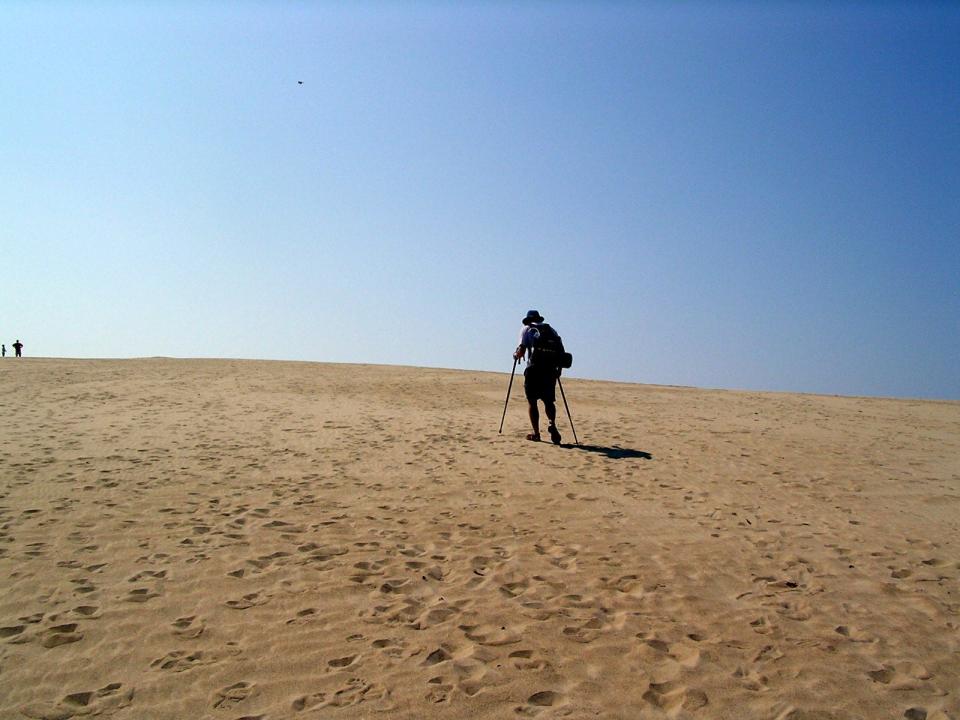Connecting NC: The push to transform the Mountains-to-Sea Trail

The Mountains-to-Sea Trail runs from the highest point in the Smokies to the low-lying beaches of the Outer Banks.
In between, are 1,175 miles winding through 37 counties and nearly every region of the state. Most people interact with short stretches of the path while a few traverse the whole thing by hiking, biking, and paddling.
“It was a great opportunity to see all of our natural resources, knowing that we have such a diverse state,” said Jennifer Browndorf, 52, a retired teacher who completed the MST in 77 days last year. “To me, it was the most amazing trail ever because it just had such variety.”
But those who love the MST know it’s not a finished product. Currently, only 62% of the trail is actual trail; the rest is connected by stretches of blacktop roads intended more for cars than hikers.
“A lot of the road section is difficult,” Browndorf said. “I won't say it's not. There's a higher risk and more logistics.”

The nonprofit Friends of the Mountains-to-Sea Trail aims to covert 100% of the MST into off-road footpath, but with private land rights to consider, every new mile of trail is hard won.
NC Answers: Is tap water safe to drink in North Carolina?
While the trail’s forested western segments are almost entirely footpath, the MST is mostly road in the state’s central and eastern regions.
“We're kind of at the point where we've got the easy stuff done,” said Betsy Brown, outreach coordinator for the Friends of the MST.
To replace segments of road with trail, the organization’s network of staff and volunteers contact landowners about allowing the MST to pass through their property. They first look for land near existing trails and reach easement agreements that reserve a trail corridor for public use while the landowner retains control of their overall property.
Convincing adjourning property owners to permit the path is painstaking. And swathes of wetlands in the east add topographical obstacles to extending off-road trail.
Swatting litterbugs: North Carolina lets people report trash tossers caught in the act
It's a giant puzzle,” said Brent Laurenz, the executive director of the Friends of the MST.
One aspect of the road sections he doesn’t want to lose is their proximity to small towns.
“I think what's special about the trail is that it goes through communities and not just through the woods like the Appalachian Trail might,” Laurenz said. “There are towns and communities where the Mountains-to-Sea Trail goes through downtown or along main street and helps the local economy.”

Friends of the Mountains-to-Sea Trail plan to use the approximately $5 million it received in the latest state budget to increase land acquisition — both via easements and by purchasing private lands outright.
“It's really going to be helpful to put some of these piece of the puzzle on the table,” Laurenz said of the funding. “It's really exciting opportunity to open up new recreational communities and get more people interested and excited.”
This year, the Mountains-to-Sea Trail celebrated its 45-year anniversary. By it's 50th year celebration, Laurenz anticipations the journey across the state will offer much more car-free pathways.
But will the MST ever be entirely off-road? That remains the goal for trail advocates, but with logistical and financial hurdles standing in their way, it will be quite a long process.
NC Answers: What happens to the stuff we put in our recycling bins?
Brian Gordon is a statewide reporter with the USA Today Network in North Carolina. Feel free to email him at bgordon@gannett.com or follow him on Twitter @skyoutbriout
This article originally appeared on Asheville Citizen Times: Mountains-to-Sea Trail in North Carolina seeks to replace more roads

